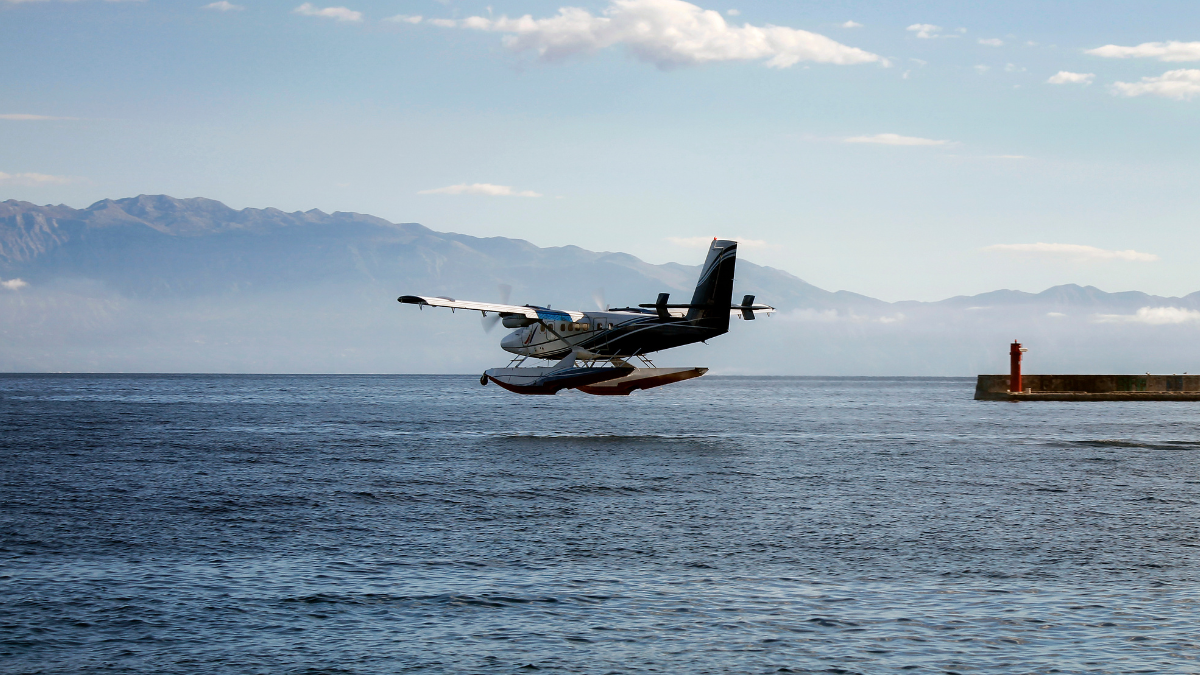Does insurance cover hydroplane accident? This blog post explores the question of whether insurance covers hydroplane accidents. It provides an overview of the different types of auto insurance coverage and delves into the specific coverage options for hydroplaning incidents. The article discusses liability coverage limitations, the importance of collision coverage, and the potential relevance of comprehensive coverage.
Also Read: Does Homeowners Insurance Cover Main Water Line Replacement?
It also highlights factors that can affect insurance coverage and offers additional considerations and tips for drivers. By understanding their insurance options, readers can make informed decisions to protect themselves in the event of a hydroplane accident.
Does Insurance Cover Hydroplane Accidents? Understanding Your Coverage Options
Hydroplaning, a dangerous phenomenon where your vehicle loses traction on wet roads due to a layer of water, can lead to serious accidents and damages. As a responsible driver, it is crucial to understand if your insurance policy covers hydroplane accidents. In this article, we will dive into the intricacies of insurance coverage and provide key insights to help you make informed decisions.
The Basics of Auto Insurance Coverage
Auto insurance coverage can be divided into three main types: liability, collision, and comprehensive. Liability coverage protects you if you are at fault in an accident and covers the damages sustained by others. Collision coverage, on the other hand, helps with repair costs in the event of a collision with another vehicle or object. Comprehensive coverage is broader and covers damages caused by factors other than collisions, such as theft, vandalism, and natural disasters.
Does Liability Insurance Cover Hydroplaning Accidents?
Liability insurance is an essential requirement in most states, but when it comes to hydroplaning accidents, its coverage may be limited. Liability coverage focuses on damages to others involved in the accident. If you lose control of your vehicle due to hydroplaning and cause damage to other cars or property, liability insurance would typically cover the other parties’ losses. However, it may not cover the damages to your own vehicle.
The Role of Collision Coverage in Hydroplane Accidents
Collision coverage plays a crucial role in protecting you against hydroplaning accidents. If you hydroplane and collide with another vehicle or object, collision coverage will help cover the cost of repairing or replacing your vehicle, regardless of who is at fault. This coverage ensures that you can get back on the road without bearing the entire financial burden of the damages caused by hydroplaning.
Bigger Picture: Comprehensive Coverage and Hydroplane Accidents
While collision coverage takes care of damages caused by collisions, comprehensive coverage can come into play in hydroplane accidents. Comprehensive coverage protects against non-collision incidents like theft, vandalism, and natural disasters. If hydroplaning leads to damage beyond a collision, such as damage from falling trees or flooding, comprehensive coverage may provide financial protection.
Factors Affecting Insurance Coverage for Hydroplane Accidents
Several factors can impact insurance coverage for hydroplane accidents. Policy exclusions and limitations are essential to consider, as some insurers may have specific clauses related to hydroplaning. It is important to review your policy and understand the coverage details to avoid surprises or misunderstandings during the claim process. Additionally, your driving behavior, road conditions, and vehicle maintenance practices may also influence coverage eligibility and potential claim outcomes.
Additional Considerations and Tips
To ensure you have adequate coverage for hydroplane accidents, here are some additional considerations and tips:
- Regularly review your insurance policy to understand its terms and conditions.
- Consider adding collision coverage if you don’t already have it, as it specifically covers hydroplane accidents involving collisions.
- Seek guidance from insurance agents or brokers to ensure you understand your coverage options fully.
- Be mindful of driving safely in wet conditions, maintain your tires properly, and follow recommended practices to minimize the risk of hydroplaning accidents.
Conclusion
While insurance coverage for hydroplane accidents varies based on policy terms and conditions, it is crucial to be informed about your options. Understanding liability coverage limitations, the significance of collision coverage, and the potential relevance of comprehensive coverage are essential steps in protecting yourself from the financial burdens of hydroplaning accidents. Always review your policy, ask questions, and consider additional coverage options if necessary. By being prepared, you can navigate wet conditions confidently and have peace of mind on the road. Stay safe!
We hope that you enjoyed reading does insurance cover hydroplane accident? If you have any queries or issues, please feel free to connect with us on our Facebook page. We are always happy to help and would love to hear your feedback. Thank you for taking the time to read our blog, and we look forward to hearing from you soon.
